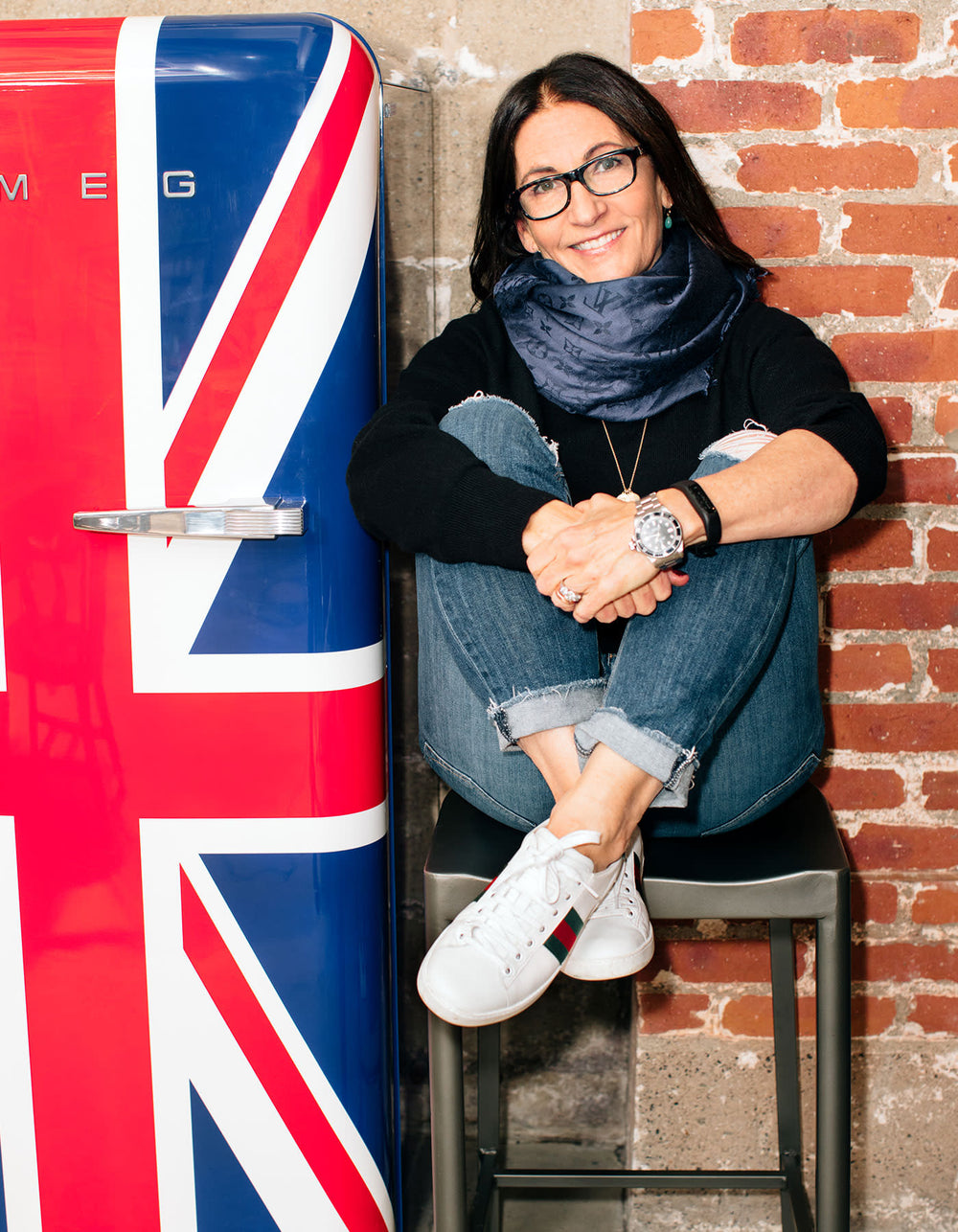
The way we’re living and working isn’t working. We’re living in an epidemic of stress and burnout, and it’s not sustainable. And much of this is being fueled by our relationship with technology. Obviously, it allows us to do amazing things, but it’s also accelerated the pace of our lives beyond our capacity to keep up. And it’s getting worse -- we’re being controlled by something we should be controlling. And it’s consuming our attention and crippling our ability to focus, think, be present, and connect with ourselves. So we can’t have a serious conversation about well-being without talking about our relationship to technology.
And that relationship is at inflection point. More and more people are waking up and beginning to realize what the technology we’ve been swimming in has been doing to us.
Just look at how consumed we are. We have little resting places and refueling shrines all over our houses, like little doll beds, where our technology can recharge, even if we can’t.

According to one study, the top ten percent of smartphone users touch their phones an average of 5,427 times each day. The rest of us clock in at 2,617 touches per day. In the U.S. over 70 percent of people sleep next to their phones or with their phones tucked in bed with them.
It’s also changing how we relate to each other. A Pew study found that 89 percent of phone owners said they’d used their phones in their last social gathering, even though 82 percent felt that when they did this, it damaged the interaction.
It’s changing our relationships. Seventy percent says that cell phones have interfered with their interactions with their romantic partners.
It’s changing our families. 98 percent of parents say that unplugging from devices during meals is important to maintaining their family bond, yet 42 percent can't even remember the last time their family had eaten a meal with no devices present.
So how can we begin to take back control of our relationship with technology? Here are a few tips I’ve found useful.
-
Setting boundaries with technology has to start with sleep, which underpins all other aspects of our well-being. So a key part of that is not charging my phone in my bedroom. Our phones are repositories of everything we need to put away to allow us to sleep -- our to-do lists, our in-boxes, our worries and anxieties, not to mention the gateway to connecting with everyone and everything in the world. So putting your phone to bed outside your bedroom as a regular part of your bedtime ritual makes you more likely to wake up as fully charged as your phone.
-
The flipside of creating a boundary between myself and my phone at night is doing the same thing in the morning. Instead of reaching for my phone right when I wake up, I take ten minutes to set my intention for the day: not just for what I want to get done for the day, but also what kind of day I want to have. This affects the rest of my day. Mornings and nights are the most valuable times in which we can connect with ourselves – for many people the only times they can – so it’s here that boundary-setting can start.
3) Involve others. It’s hard to make changes in isolation or go against the culture when it’s going very strongly in one direction. So get a little help from your friends. It’s hard to say no to the ever-present possibility of connection our phones seem to offer us but it’s easier if we replace that with actual connection. So create some device-free experiences with friends – go to lunch without your phones, go on a walk without your phones, go to a movie without your phones. Let yourself experience real connection and it becomes easier to say no to the lesser version.
- Try “losing” your phone. We’ve all had that moment of panic when we’ve lost our phone – left it in a restaurant or in a cab or lost it outright. But once the panic is over, for the day or so until the phone is returned or you replace it, it’s actually kind of nice. So why not recreate that brief phone holiday without the administrative hassle of getting it back. So just “lose it” by leaving it at your desk while you go for lunch. By leaving it at home for a walk. By not taking it out with you when you go out to meet friends.
Yes, it’s not easy, but you don’t have to go cold turkey. Start small -- by creating just a few device-free spaces in your day you can make yourself more mindful about your relationship with technology all the time.

 Miracle Balm
Miracle Balm
 The Face Pencil
The Face Pencil
 What The Foundation
What The Foundation


